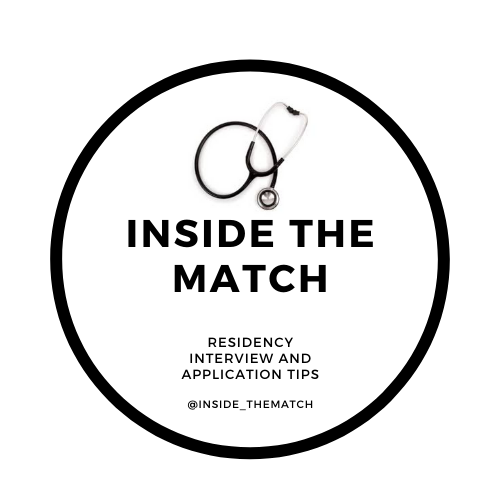Tips to Shine on an Emergency Medicine Sub-I
Written by Elizabeth Yim
The Emergency Department (ED) can be an intimidating place. The beauty of an ED is that it is often a place of safe refuge where nobody gets turned away. The challenge can lie in the rate at which patients come in and the difficulty in efficiently triaging and assessing various patients’ needs. As a medical student, this can feel daunting, but I hope that the following tips can help you feel a little more prepared during your rotation!
Introduce yourself to everyone on the team. You’ll work with different attending(s), residents, nurses, and techs each shift. Introduce yourself, learn names, and offer to help with starting IVs and whatever else your institution allows you to do.
Ask about expectations at the start of your shift. Will you be writing notes? Does your attending want you to present to the senior resident first, or directly to them?
Be focused in your history taking and presentation. If a patient comes in with an acute onset, severe headache, you may forego an abdominal exam in place of a neurological exam.
Familiarize yourself with how to give a great EM presentation. Be concise and organized. If done correctly, your seniors will have a picture of what diagnoses you’re considering before you even get to the assessment and plan part. Mention “must-not-miss” diagnoses along with your most likely differentials with pertinent positives and negatives. Include relevant clinical scores such as the HEART Score for ACS, potential consultations you may need, and anticipated disposition. It’s okay to be wrong, but you want to show that you’re trying.
Go with your gut! If you are sent to see a patient, and they have new neurological symptoms or something feels “off,” immediately notify your resident or attending! It’s better to be wrong about the urgency of a situation than to prolong the amount of time before a patient gets a life-saving intervention.
Do not lie!! If you did not check the patient’s vitals, do not say that your patient is vitally stable. If you didn’t perform a part of the physical exam, don’t make up your findings. It will damage the trust your seniors have in your reporting. Worst case scenario, it can lead to adverse outcomes for the patient.
Volunteer yourself for the “small” tasks. While the majority of your shift should be dedicated to learning, offer to wheel your patient to CT or run an urgent lab for a trauma code. If you see that a patient’s urine studies are “pending collection,” offer them a urine cup. Anything you can do to move along a patient’s workup shows that you’re a strong team player.
Know your role for traumas and medical notifications. In the beginning, your team may ask for you to stand to the side and observe. As you get the hang of things, there are roles that you can take on. For example, in trauma codes, patients need to have their clothes taken or cut off. Have trauma shears ready and make yourself useful.
Take ownership of your patients. If a lab result comes back, you want to be the first to know about it. Try to interpret what it means for your patient and how it affects your plan of care. Re-check your patients’ vital signs and ask about the improvement of symptoms. Offering your patients a blanket or food (depending on their NPO status) can go a long way. No patient wants to feel forgotten or overlooked in the ED, so update them whenever you can.
Always ask for feedback! Ask your residents, your attending(s), your nurses, basically anyone you worked with during the shift. If you have certain goals that you want to work on, let your seniors know at the beginning of the shift so they can give you more specific feedback. One of the most important characteristics to have as a student is the willingness to learn and improve.
Have a positive attitude! In EM, they often speak of the “2AM test,” meaning that you want to be someone that the team wants to have around at any time of the day (or night).
And that’s it! Hopefully, all of these tips help you ace your EM rotation and help you secure “top ⅓” on your SLOE. For more information about this standardized letter of evaluation, stay tuned for my next post!

